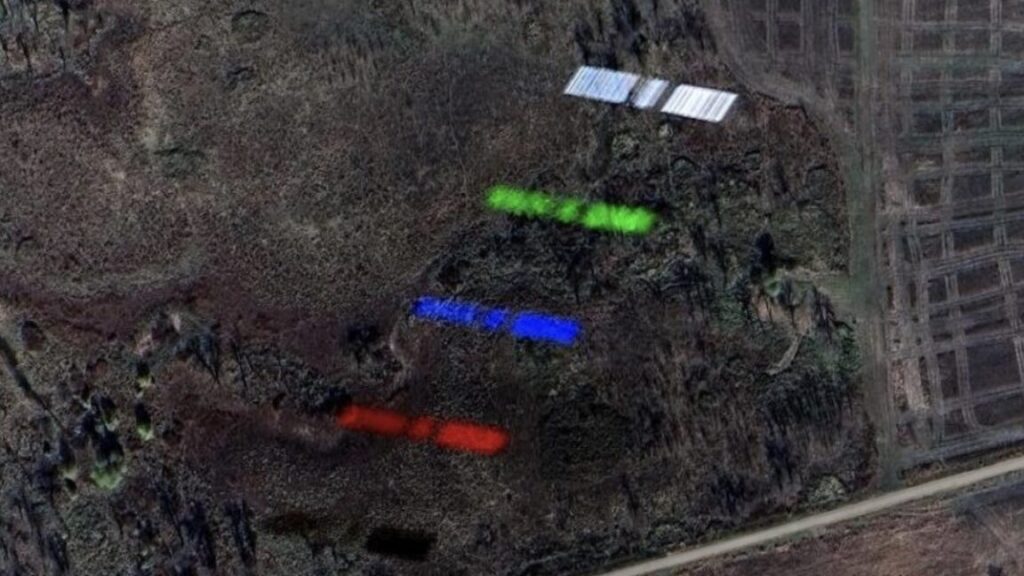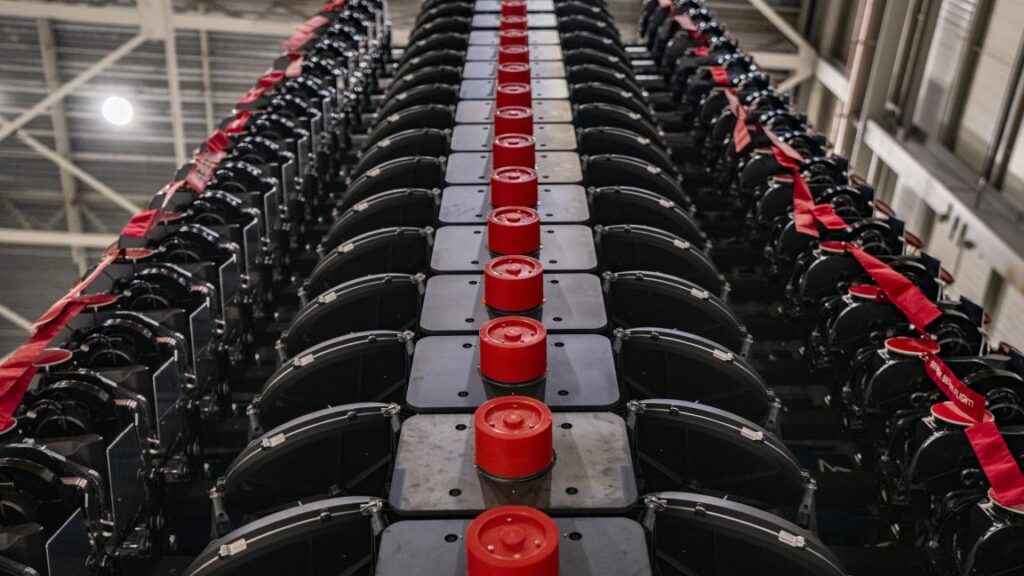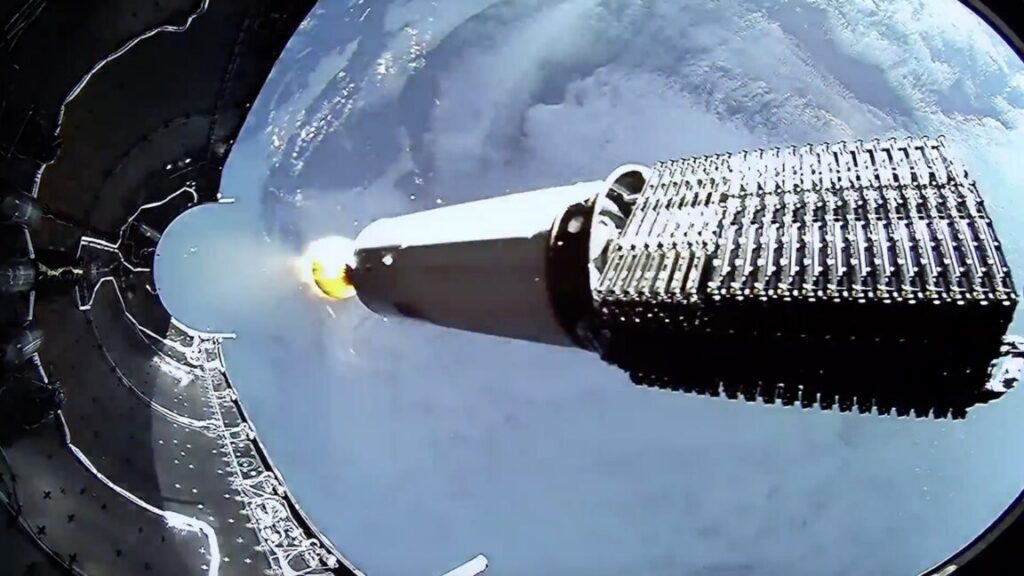FCC commissioner writes op-ed titled, “It’s time for Trump to DOGE the FCC“
In addition to cutting Universal Service, Simington proposed a broad streamlining of the FCC licensing process. Manual processing of license applications “consumes vast staff hours and introduces unnecessary delay into markets that thrive on speed and innovation,” he wrote.
“For non-contentious licenses, automated workflows should be the default,” Simington argued. “By implementing intelligent review systems and processing software, the FCC could drastically reduce the time and labor involved in issuing standard licenses.”
Moving staff, deleting rules
Simington also proposed taking employees out of the FCC Media Bureau and moving them “to other offices within the FCC—such as the Space Bureau—that are grappling with staffing shortages in high-growth, high-need sectors.” Much of the Media Bureau’s “work is concentrated on regulating traditional broadcast media—specifically, over-the-air television and radio—a sector that continues to contract in relevance,” he wrote.
Simington acknowledged that cutting the Media Bureau would seem to conflict with his own proposal to regulate fees paid by local stations to broadcast networks. It might also conflict with FCC Chairman Brendan Carr’s attempts to regulate news content that he perceives as biased against Republicans. But Simington argued that the Media Bureau is “significantly overstaffed relative to its current responsibilities.”
Simington became an FCC commissioner at the end of Trump’s first term in 2020. Trump picked Simington as a replacement for Republican Michael O’Rielly, who earned Trump’s ire by opposing a crackdown on social media websites.
The FCC is currently operating with two Republicans and two Democrats, preventing any major votes that require a Republican majority. But Democratic Commissioner Geoffrey Starks said he is leaving sometime this spring, and Republican nominee Olivia Trusty is on track to be confirmed by the Senate.
The agency is likely to cut numerous regulations once there’s a Republican majority. Carr started a “Delete, Delete, Delete” proceeding that aims to eliminate as many rules as possible. Congress is also pushing FCC cost cuts, as the Senate voted to kill a Biden-era attempt to use E-Rate to subsidize Wi-Fi hotspots for schoolchildren who lack reliable Internet access to complete their homework.
FCC commissioner writes op-ed titled, “It’s time for Trump to DOGE the FCC“ Read More »



















